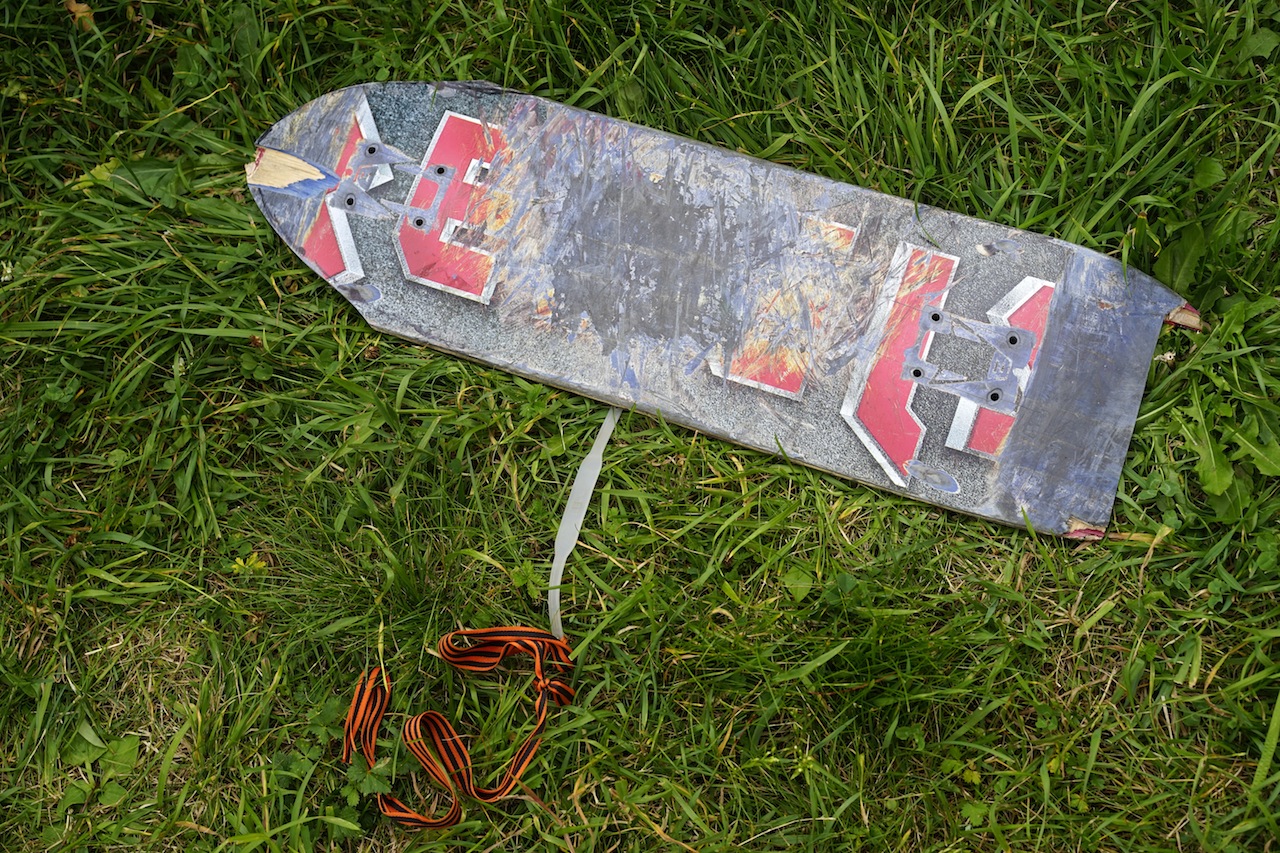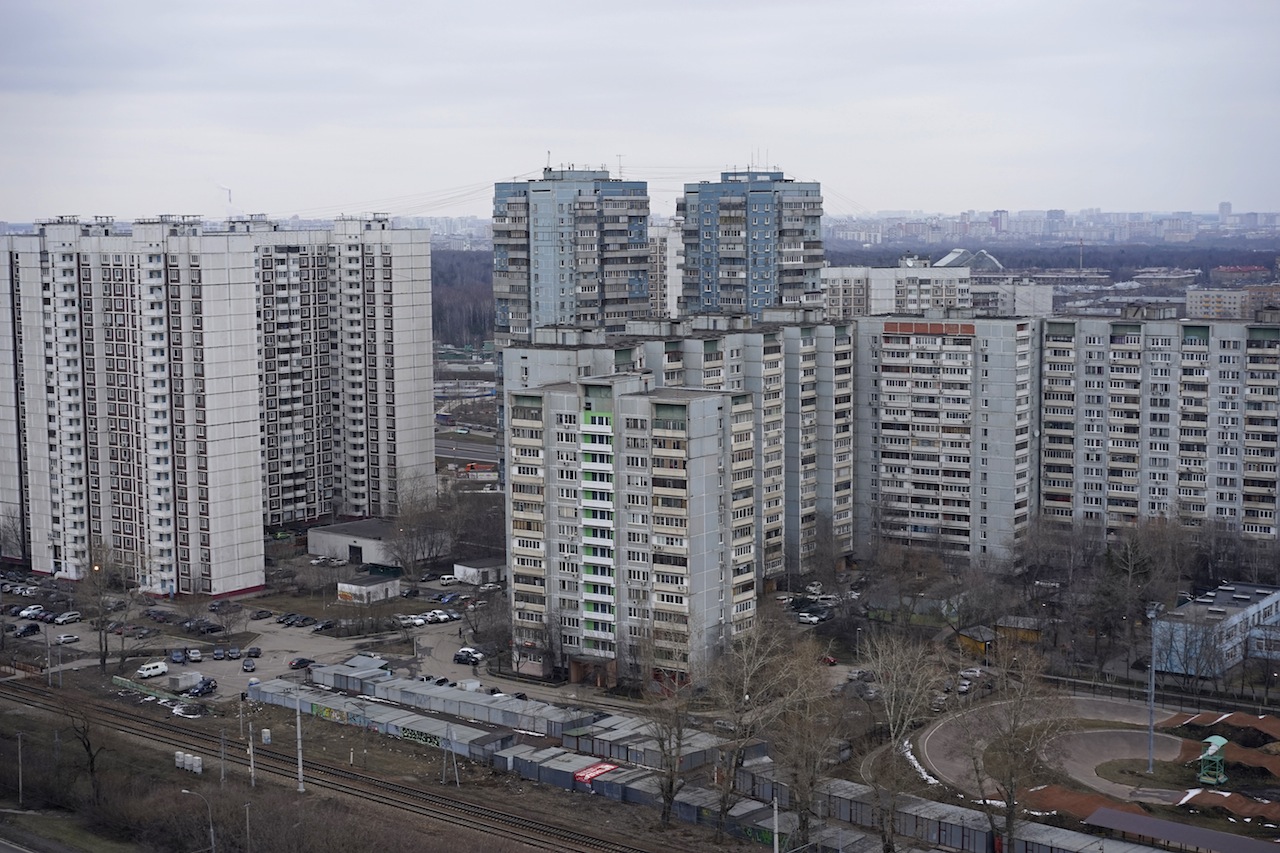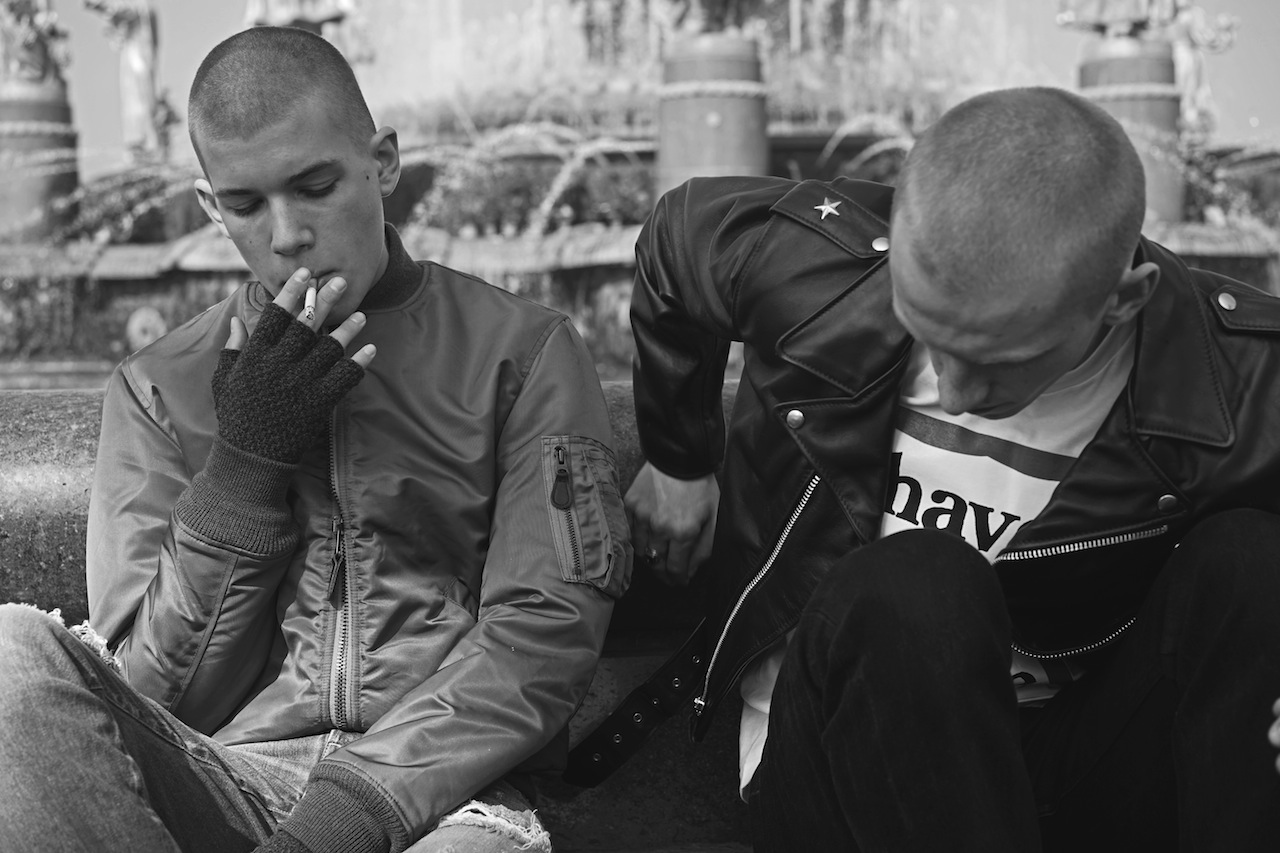Why Fashion Loves Rubchinskiy’s Youth Revolution
By Something CuratedOver two decades after the USSR fell, Russian fashion scene is having its own revolution. Here we take a look at Post-Soviet all-star designer Gosha Rubchinskiy’s rise to fame through a London calling, and why his mark and others are forever changing the game of the global fashion industry.
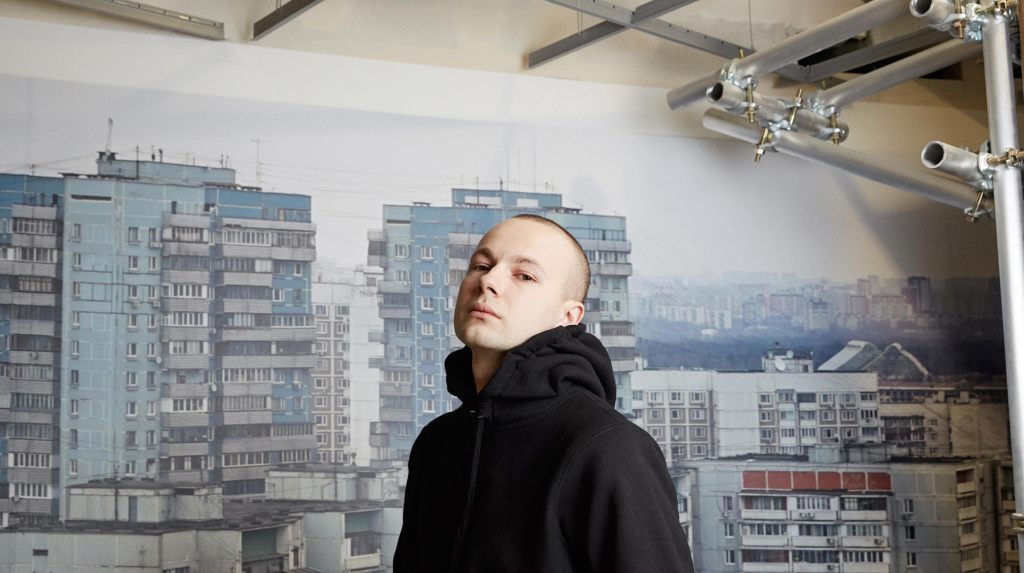
No doubt that fashion is having a love affair with post-Soviet designers. From Moscow’s Gosha Rubchinskiy to Georgian Demna Gvasalia, the designer behind Vetements, the next generation of visionaries coming out of these post-Soviet states share a creative energy that feels so urgent, so raw and revolutionary. These are the pressure-cooked visions of fiercely creative minds who came of age in a lockdown state where free thought and expression were condemned. These are the artists, makers and doers who are emerging from a culture still so new to the luxury of freedom of expression. And this is the appeal for and to the Western fashion world to take part and listen up – to wake up from that privilege, where the idea of freedom is so expected that it very rarely appears on the catwalk in earnest.
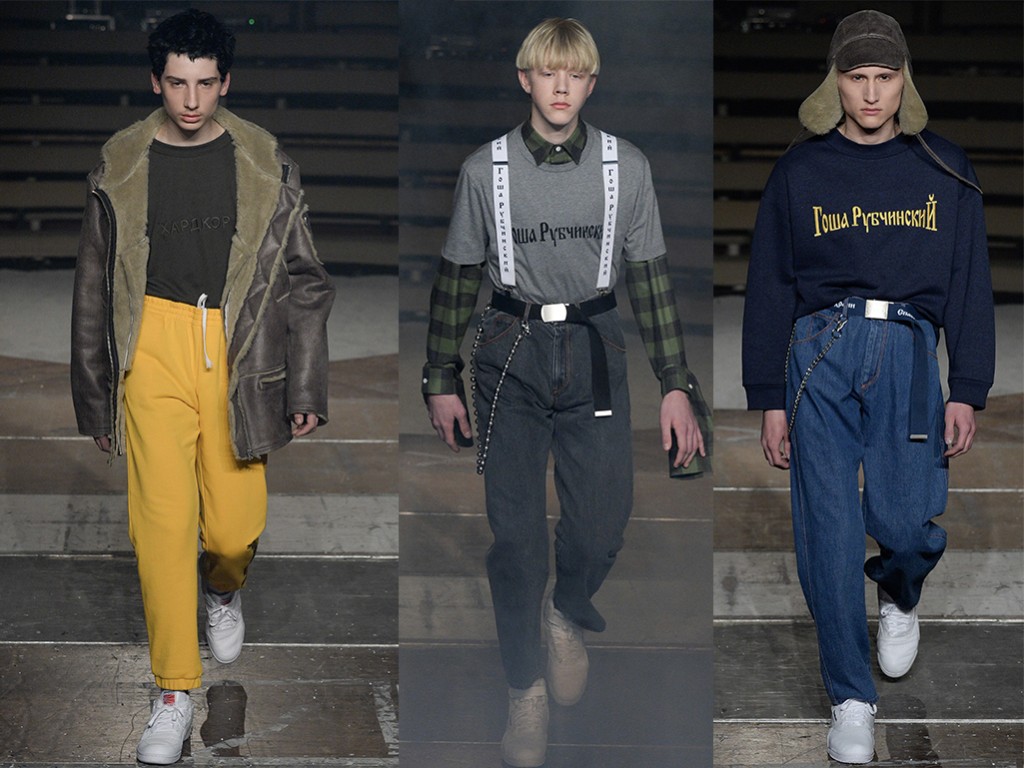
Comme Des Gosha: Fashion’s Russo-Euro Mashup
But make no mistake: this obsession is not an unrequited crush. It’s more like a relationship, with both parties Take Rubchinskiy for instance– as the protege of Adrian Joffe, Comme des Garçons president and the mastermind behind Dover Street Market. From single-size, DIY embroidery upon Fruit-of-the-Loom staples that were later given away to friends, to selling over 100,000 pieces in the A/W 16 collection to 150 stockists worldwide, Rubchinskiy has come a long way under the direction of Joffe in just a handful of years.The early momentum earned Rubchinskiy an invitation to London Fashion Week, where he presented a 12-piece collection produced with personal funds and transported by hand in his own suitcase. But on his return to Moscow, without money, a team or production facilities, Rubchinskiy decided to put his label on hold. Until Joffe came along, that is.
The two were first introduced in 2009 through the former vogue editor Anna Dyulgerova (who’s also Russian, if you couldn’t tell.) From here Joffe saw the potential in young Gosha, and began a partnership with him that soon propelled the young designer into the spotlight of the industry. While Rubchinskiy still calls the creative shots, Joffe crafts a precise framework: from deciding the number of tops and trousers in a certain collection, to handling all the production and marketing of the Gosha Rubchinskiy label. It does not exist independently, and the trademark is completely held under Comme des Garçons Paris International (Joffe registered it himself).
While the post-Soviet creatives bask in the fervent inspiration of their local environments, they’re not as free financially as they are ideologically. In fact, according to both Rubchinskiy and Gvasalia, whose production studios are both currently nestled in Paris, the import charges, customs rules, and lack of available domestic suppliers made production in and distribution from the South Caucaus nearly impossible. Within an interview with Business of Fashion following the success of his A/W 16 collection (with sales skyrocketing over 350% from last year), Rubchinskiy retraced his steps back to the beginning, when he had to self-fund his first collection, and despite it selling out at DSM, the amount of debt he found himself in after the fact was more than slightly discouraging: “It’s very difficult to start a fashion label in Moscow. Good fabrics are expensive and customs rules are very strict. I started thinking that fashion for me was over.”

The London Fix: or, Why Rubchinskiy Needed London (And Why London Needs His Revolution)
Before Joffe came up with the suggestion to move the production lines out of Moscow and Serbia, Rubchinskiy was seriously considering giving up his foray into fashion. He had caused a stir at the 2010 Fashion Weeks in London and Paris (for which he partnered with Russian DJs like Aleksej Tarutz for the sound components), and he was receiving a flood of requests from various stockists for his collection. But at the time, the A/W 2010 “collection” was a one-piece, one-size only affair: whatever was shown on the runway was all that was in stock. Production costs were too high for him to accept these demands and his future looked bleak. But with Joffe’s idea in 2012 to move the production studios to Europe, a whole window of opportunity opened up for Rubchinskiy’s vision, and the label expanded exponentially, catching the full attention of the industry and becoming much more accessible to the public.
Dover Street Market in London was Gosha’s first Western stockist. Under Joffe’s mentorship the brand spread to the shelves of Oki-Ni, Goodhood and of course Dover Street Market satellites in NYC and Tokyo, alongside the “bigger” outlets like Browns, and Selfridges. The Post-Soviet coming of age narrative and the creative visions emerging from it are so seductive to the Western fashion market because they’re different, yet also familiar in that they resonate with our own stories of youth that are the creative pulse of many of Europe and Asia’s most unconventional, cutting edge labels. The rise of multi-disciplinary fashion stars who push a practice that likewise dips into photography, film, and art books (look no further than ex-actor JW Anderson or the ever-kawaii Ryan Lo) as much as it relies upon and is driven by the idea of precious adolescence. Rubchinskiy’s revolution hit the fashion world at the perfect time, where all the conventions of the industry are splitting at the seams to make space for a new wave of young, bold, brash, honed, unpretentious and driven designers who want to design real clothes for real people.
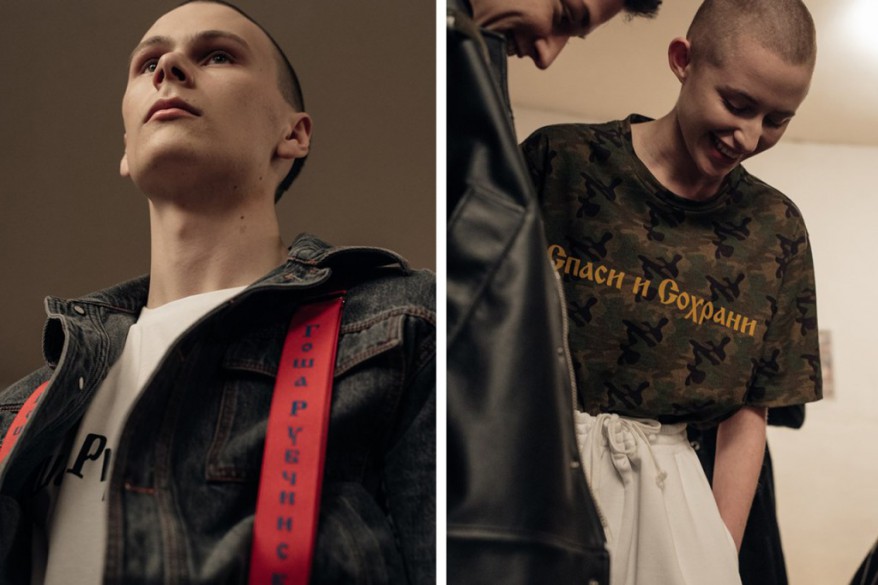
Rubchinskiy’s appeal is his ability to create a coherent and honest narrative of post-soviet Russia through material objects (be they photographs or sweatshirts): one of massive social, historical, and cultural significance. His style marks a very particular moment in time, tracing the contours of a particular movement: not just for fashion, but for world history at large. His work is a testament to genesis of post-Soviet life and culture: the first few breaths of creative “breakthrough” after the oppressive political regime had been lifted, and the driving force of future efforts. And quite simply, the urgency of his mission has no equivalent in the European conscience.
It’s a new chapter of life for this part of the world. Rubchinsky, Gvasalia, and co. are at the frontier of this movement. But Rubchinsky is doing more than manufacturing cutting-edge clothing with a rebellious flair. His vision for the future of clothing is completely infused with his obsession with storytelling and meditating upon a not-so-distant past. This is the story of post-Soviet Russia, its people and its energy. It’s about the power of youth, and also about its transience.
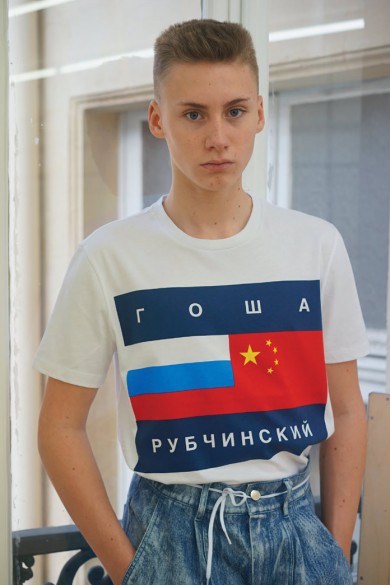
“It was his photography, his view on life in post-Soviet Russia,” says Joffe on what first drew him to Rubchinskiy. “I don’t see him as a fashion designer, but as a photographer, a recorder of things. I think to me it hit a nerve because of its authenticity. Lots of start-up brands see Supreme and want to do a similar thing, but it often doesn’t ring true; it feels fake or contrived. With Gosha, it feels very natural. I think it’s because there is one vision, which ties everything together. From the clothes on the runway to the books, everything is one. It’s all coherent, all one idea, one eye and it links the whole story together.
